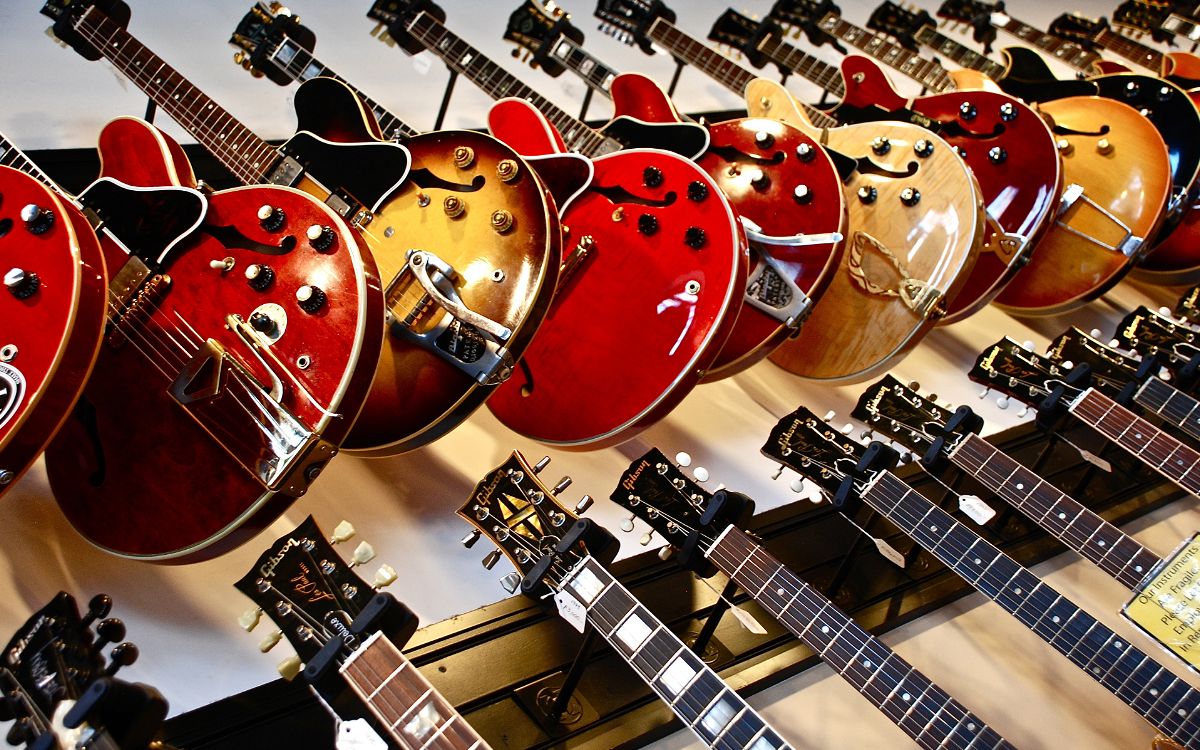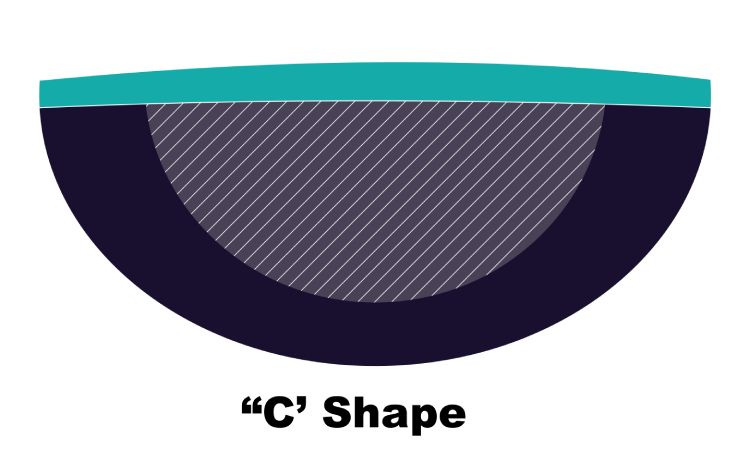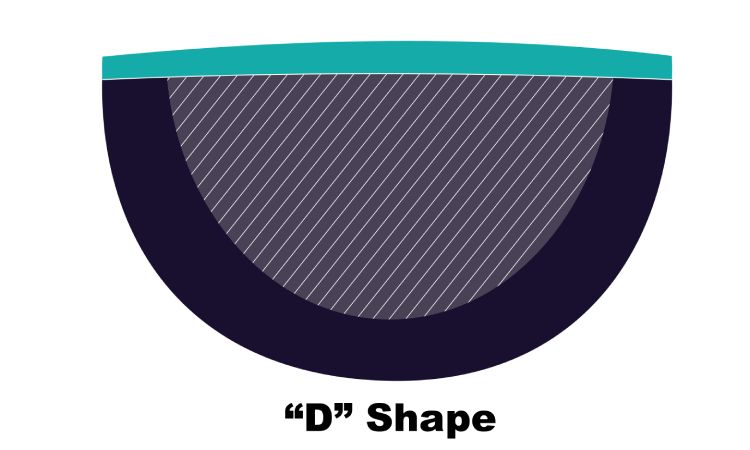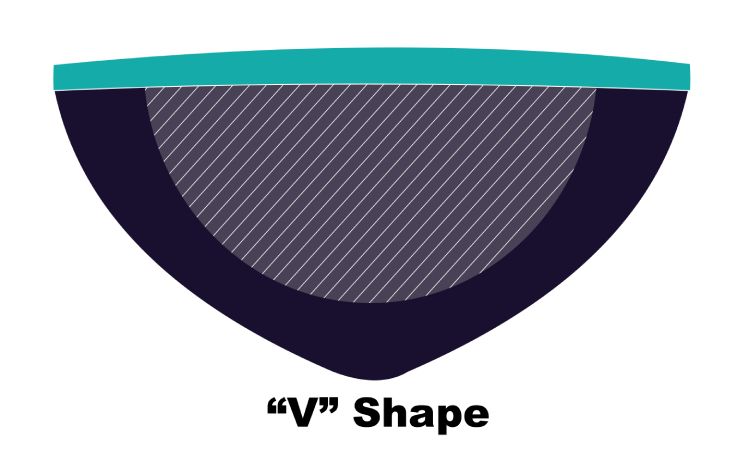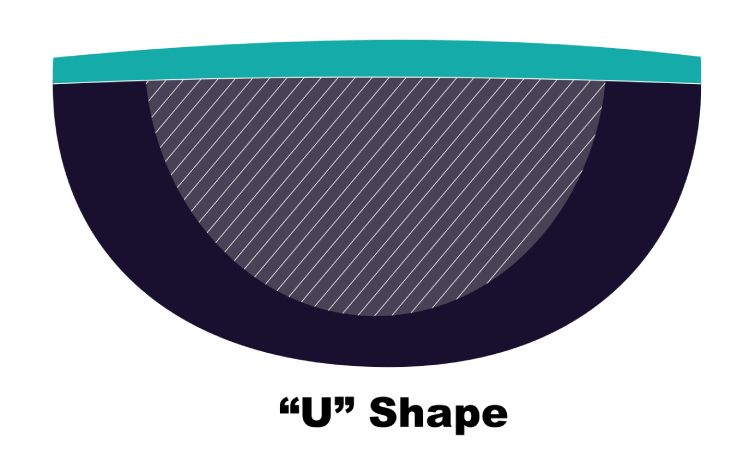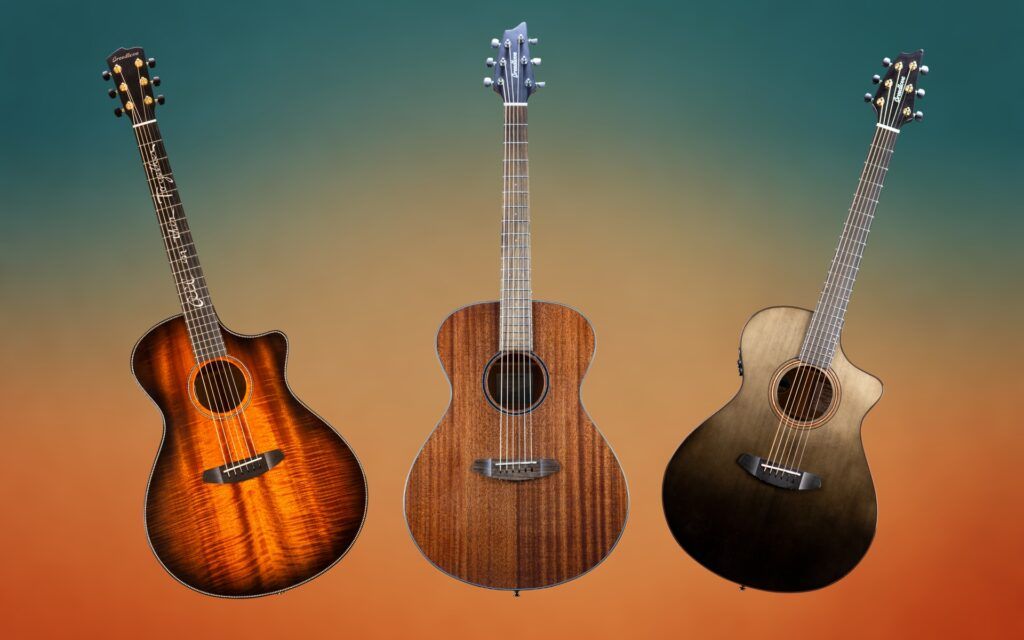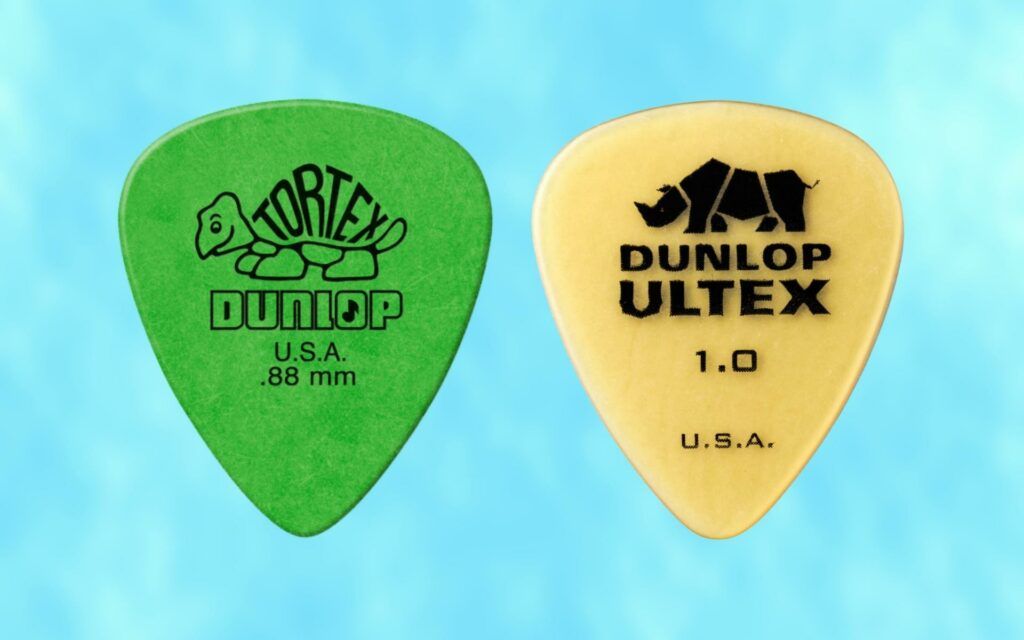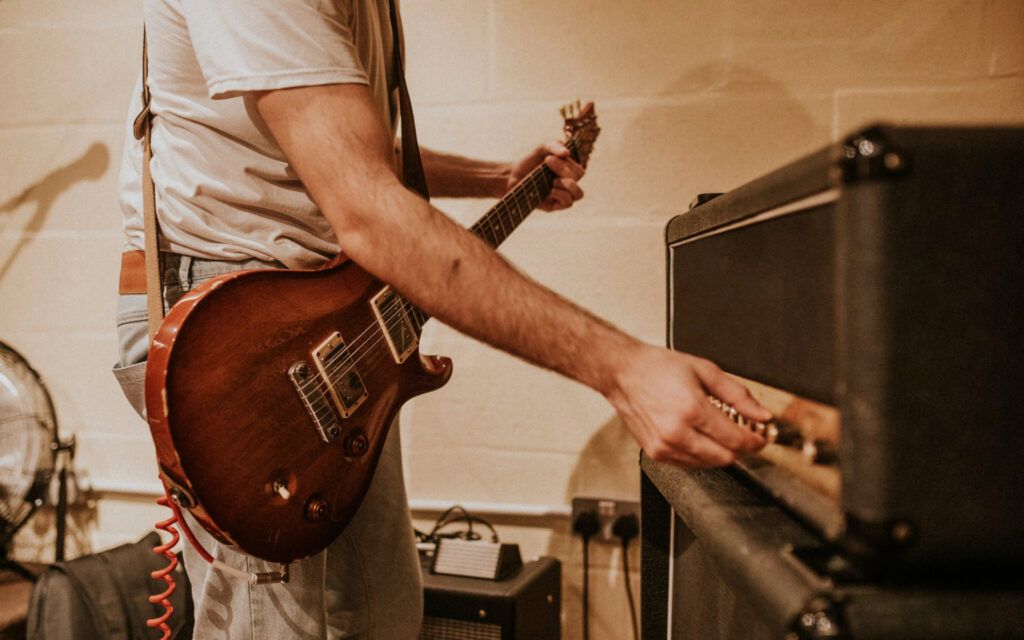There are many different things you need to consider when purchasing a guitar, but the different guitar neck shapes available often causes confusion. Sometimes referred to as guitar neck profiles, these shapes describe what the guitar neck looks like when viewed as a cross-section, and different shapes have different pros and cons.
Guitar Neck Shapes Explained:
Firstly, it’s worth stressing that guitar neck shapes do not actually impact the sound of the guitar. But they do influence the ‘feel’ of a guitar and the way it is played. Certain shapes are better-suited for particular styles of guitar, different hand sizes, and for guitarists who hold their guitar in a particular way.
For this reason, it is worth taking the time to familiarise yourself with the main guitar neck shapes, what they each have to offer and which shape is best suited for your needs. Broadly speaking, guitar neck profiles can be divided into four main types: ‘C’ shape, ‘D’ shape, ‘V’ shape, and ‘U’ shape. This article looks at each of them in turn.
1. ‘C’ Shape Guitar Neck Profiles
The most common of the guitar neck shapes available, the ‘C’ shape neck can almost be thought of as the standard shape for a guitar neck. As the name suggests, it has a symmetrical oval shape, resembling the letter ‘C’. The ‘C’ shape is suitable for the vast majority of guitar players, with the possible exception of those with very large hands.
It is relatively flat, very comfortable to hold, and can be easily used by guitar players of all styles, which makes it a good all-round choice.
The shape is especially popular with guitarists who like to keep their thumb free while playing, rather than resting it on the neck. It emerged as one of the most popular guitar neck shapes in the 1980s, when Fender adopted it for the majority of their guitars, and is now widely utilised by other companies too.
More recently, some variants of the ‘C’ shape have started to emerge, such as the ‘modern C’ guitar neck shape. This is essentially the same shape as a traditional ‘C’ shape neck, but slightly flatter. Examples of guitars with either a ‘C’ shape or a ‘modern C’ shape include the Fender Stratocaster and the Ibanez JEM.
2. ‘D’ Shape Guitar Neck Profiles
Similar to the ‘C’ shape in many ways, the ‘D’ shape guitar neck was first seen on classical guitars and is a more modern option for electric guitars. It has emerged as another popular choice and the differences between ‘C’ and ‘D’ may appear subtle at first, but they are significant and give the ‘D’ shape its own unique appeal.
The easiest way to tell the ‘D’ shape apart from the ‘C’ shape is the fact that the ‘D’ shape neck is flatter. In fact, it is the flattest of all of the shapes mentioned in this article. It also has vertical shoulders, is extremely comfortable to use, and is especially beneficial for guitarists who rely on faster guitar techniques.
Among the guitars you will see a ‘D’ shape neck on are Ibanez GB10 models, as well as Epiphone Les Paul Standards.
3. ‘V’ Shape Guitar Neck Profiles
The ‘V’ shape is primarily associated with older guitars and is fairly rare on newer models. It is also a good example of how different neck profiles can suit different types of guitarists, as it is often preferred by blues or country guitarists, many of whom like to hang their thumb over the edge of the fretboard and use it for bass notes.
The shape itself resembles a ‘V’, but within this particular category, there are actually two distinct variations. The soft ‘V’ shape is more rounded at what would typically be the point of the ‘V’ shape, while the hard ‘V’ shape has a pointed apex, making it feel very different from the other guitar neck shapes mentioned.
The most notable guitar models that have ‘V’ guitar neck shapes are ’50s Classic Stratocasters, although the ‘V’ is also sometimes seen on other guitars, especially older models, or re-issues of older designs. Arguably the most famous example of a guitarist who still favors the ‘V’ neck shape is Eric Clapton.
4. ‘U’ Shape Guitar Neck Profiles
The ‘U’ shape neck profile is characterized by its rounded thickness, with high shoulders. In some ways, it can be thought of as a thicker alternative to the ‘C’ shape, which is why it is sometimes recommended for players who have larger hands. It is also a good choice for guitarists who prefer resting their thumb on the back of the neck.
Variations of the ‘U’ shape that are even thicker are sometimes called ‘baseball bat’ necks and some older Gibson and Fender models have these guitar neck shapes. Most ‘U’ shape guitars are symmetrical, but it is also possible to buy guitars with asymmetrical ‘U’ shape necks, which are thicker on one side than the other. Some guitarists find the asymmetrical design can be useful for reducing wrist strain and can offer superior comfort.
Among the most popular models that feature ‘U’ guitar neck shapes are some older Fender Telecasters, Fender Nocasters, and Gibson ES-355 models. The ‘baseball bat’ is mostly associated with the Les Paul Standard ’50s guitars.
Final Thoughts on Different Guitar Neck Shapes
Understanding the different guitar neck shapes that are available is important, not only because they have an impact on your guitar’s aesthetics, but also because the shapes can impact comfort levels and the way you play your guitar. For this reason, different shapes can suit different guitarists and their various play styles.
The ‘C’ shape is the most common and is a good all-around choice, as is the ‘D’ shape, which is especially good for guitarists using faster techniques. However, the ‘V’ shape can be ideal if you like to play with your thumb hanging over the fretboard and is often loved by blues and country guitarists, while the ‘U’ is excellent for those with large hands.

